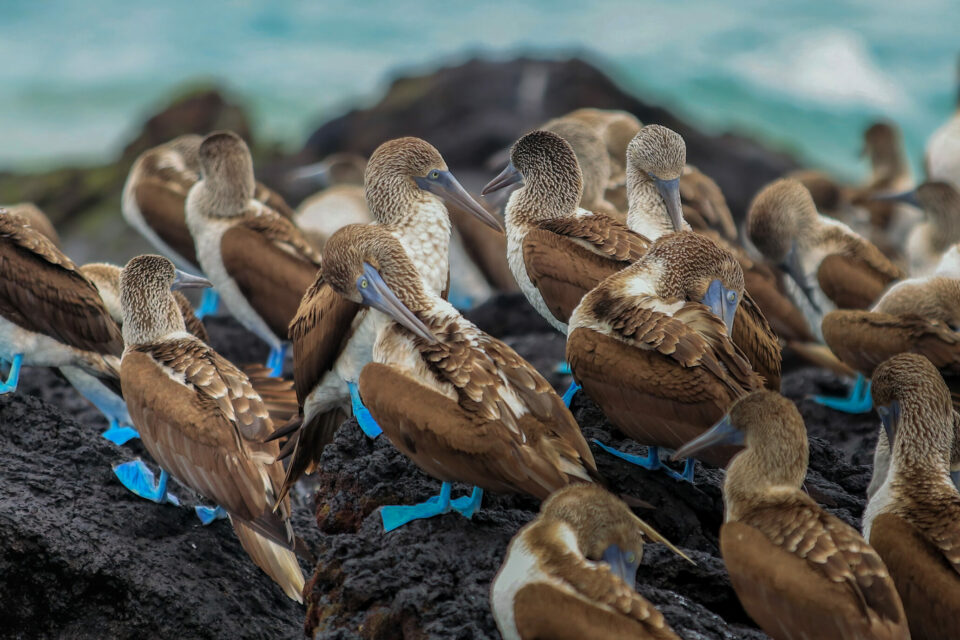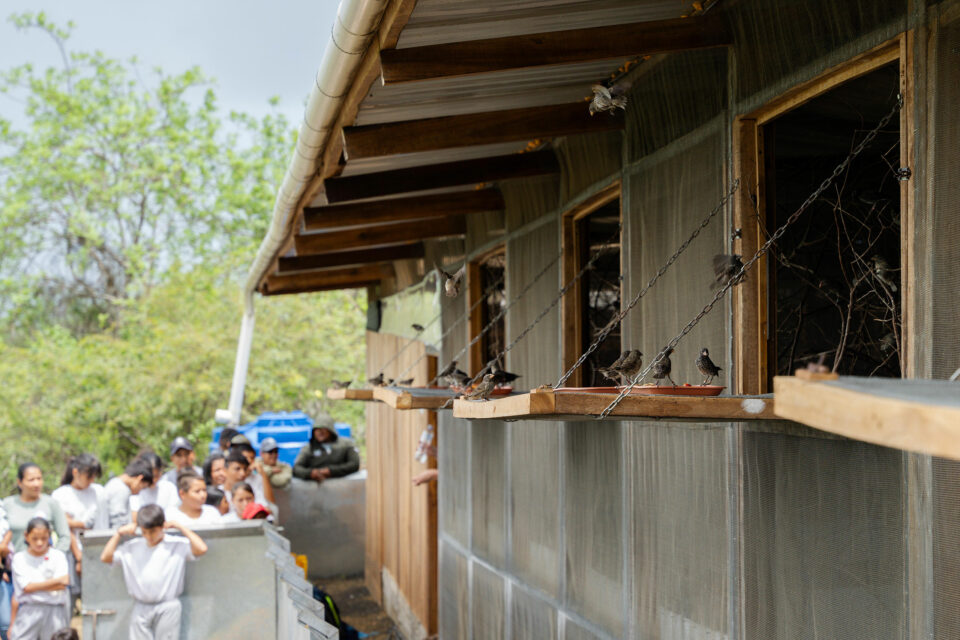

The return of the Floreana giant tortoise
The remarkable story of the Floreana giant tortoise, a species that the world thought was lost forever.
We are told that extinction is forever. But in the case of the Floreana giant tortoise, this may not be the whole story.
The last tortoise to walk on the volcanic slopes of the southerly Galapagos island of Floreana is thought to have died in the 1840s. Yet around 180 years later, in 2024, the Floreana tortoise (Chelonoidis niger) is about to make a comeback.
When Charles Darwin set foot on Floreana in 1835, the island’s tortoise population was certainly on the brink of collapse. In the preceding decades, Floreana had been a popular port of call for whalers in search of food and they had removed thousands. As the vice governor of Galapagos, Nicholas Lawson, escorted Darwin and HMS Beagle captain Robert Fitzroy from the coast to the small highland village of Asilo de Paz, Fitzroy was shocked by the scale of the slaughter. “The quantity of tortoise shells lying about the ground, shows what havock has been made among these helpless animals,” he wrote. Darwin recorded that “Mr Lawson thinks there is yet left sufficient for 20 years.” This turned out to be overly optimistic and by 1850 the island’s tortoises had been hunted to extinction.
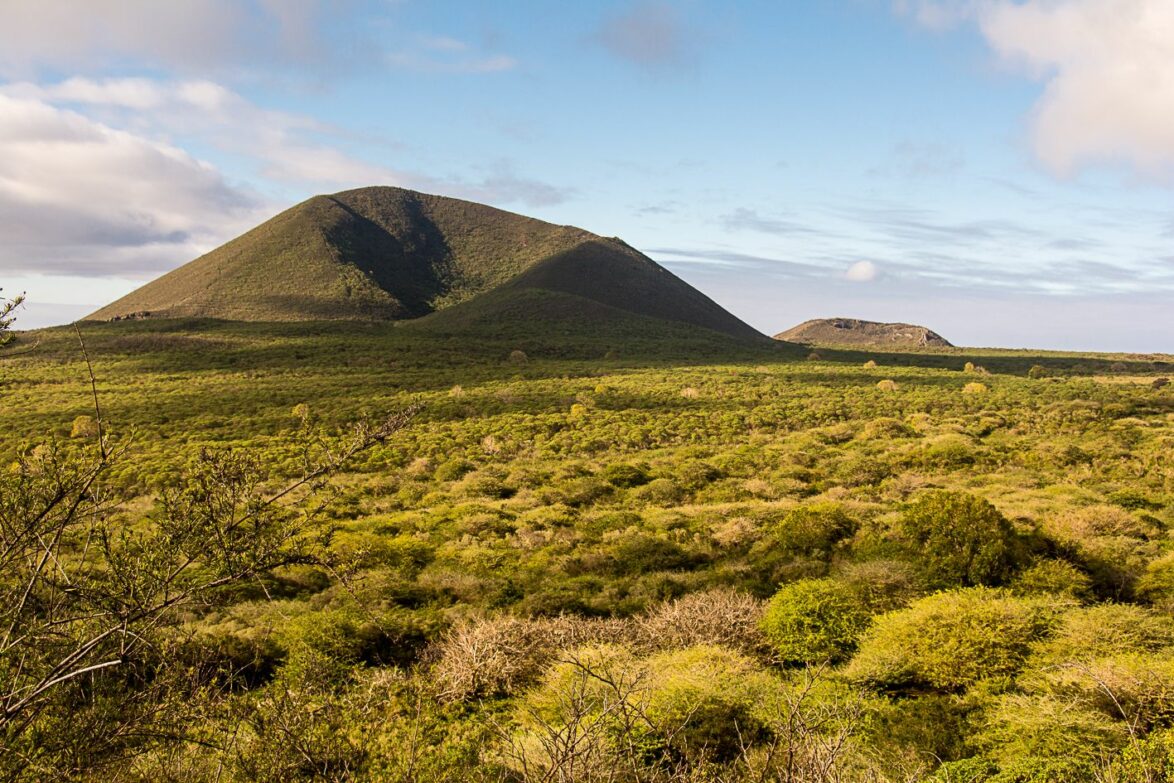
The quantity of tortoise shells lying about the ground, shows what havock has been made among these helpless animals.
So how is it possible that, after all this time, this long-lost tortoise could be about to return? Because it transpires that the very same whalers who took so many animals from Floreana in the early 19th century unloaded some of them on Isabela. And why would they do this?
“Tortoises were occasionally stashed on various islands for safekeeping and even tossed overboard in large numbers in near shore areas to lighten cargo during flight or battle,” suggested geneticist Gisella Caccone and her colleagues in a paper published in 2002.
It has been clear for a long time that there is something interesting about the tortoises that roam across Wolf volcano, the northernmost on Isabela. In amongst the majority that have a domed shell, just like the tortoises that live on Isabela’s other volcanos to the south, there are some that look much more like saddlebacks, a shell shape typical of tortoises that evolved on Floreana, Española and Pinta. It took Caccone and her team studying the DNA of these Wolf saddlebacks to work out if any of them might harbour Floreana genes.
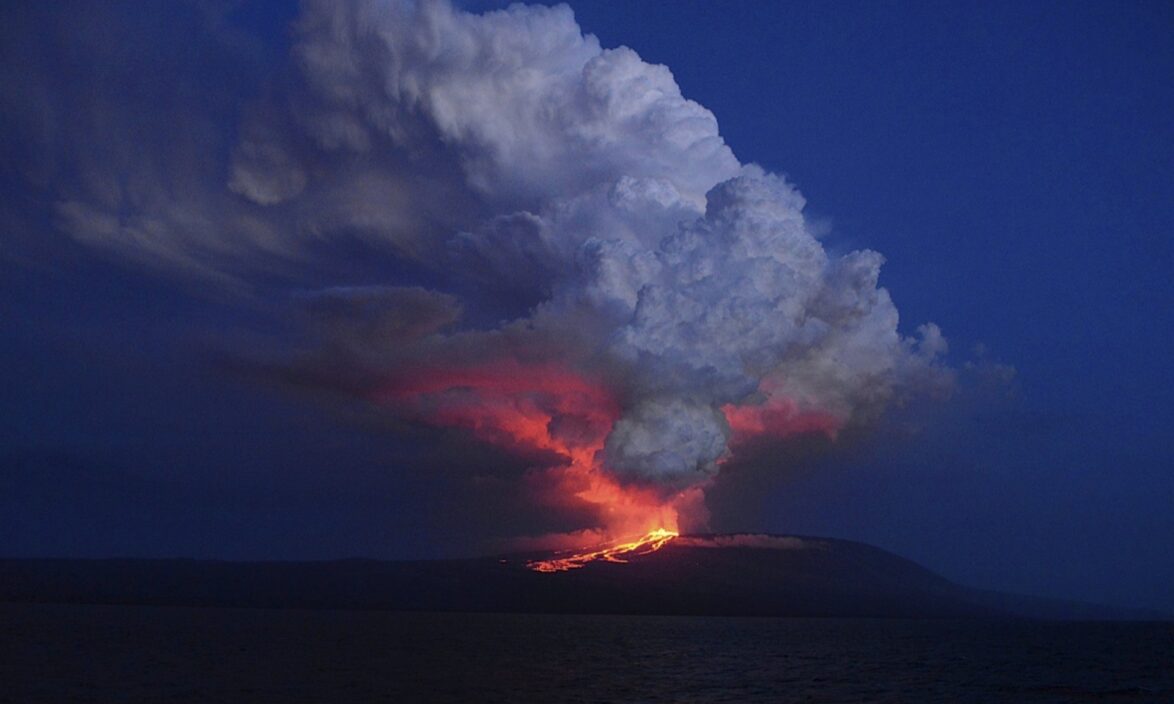
Following an expedition to the volcano in 2008, they identified 86 animals of mixed pedigree, with DNA that allied them to museum specimens recovered from Floreana more than 150 years ago. In some of the Wolf tortoises, the Floreana signature was so strong that, they suggested, “there is a good chance that purebred… tortoises are still alive.” The Floreana lineage had not vanished in the 1840s after all; it had just been hiding in plain sight on a different island.
In 2015, a party of park rangers and scientists returned to Wolf volcano to locate some of these defenders of the Floreana lineage. Of 144 tortoises with a saddlebacked shell that they encountered, they identified more than 30 animals with particularly pronounced shells and transported them to the captive breeding centre on the outskirts of Puerto Ayora on Santa Cruz. When the DNA analysis subsequently came through, the geneticists cast the spotlight on 9 males and 14 females. “The 23 founding individuals and their resulting progeny will provide a good starting point for restoring the species,” wrote Joshua Miller and colleagues in Scientific Reports.
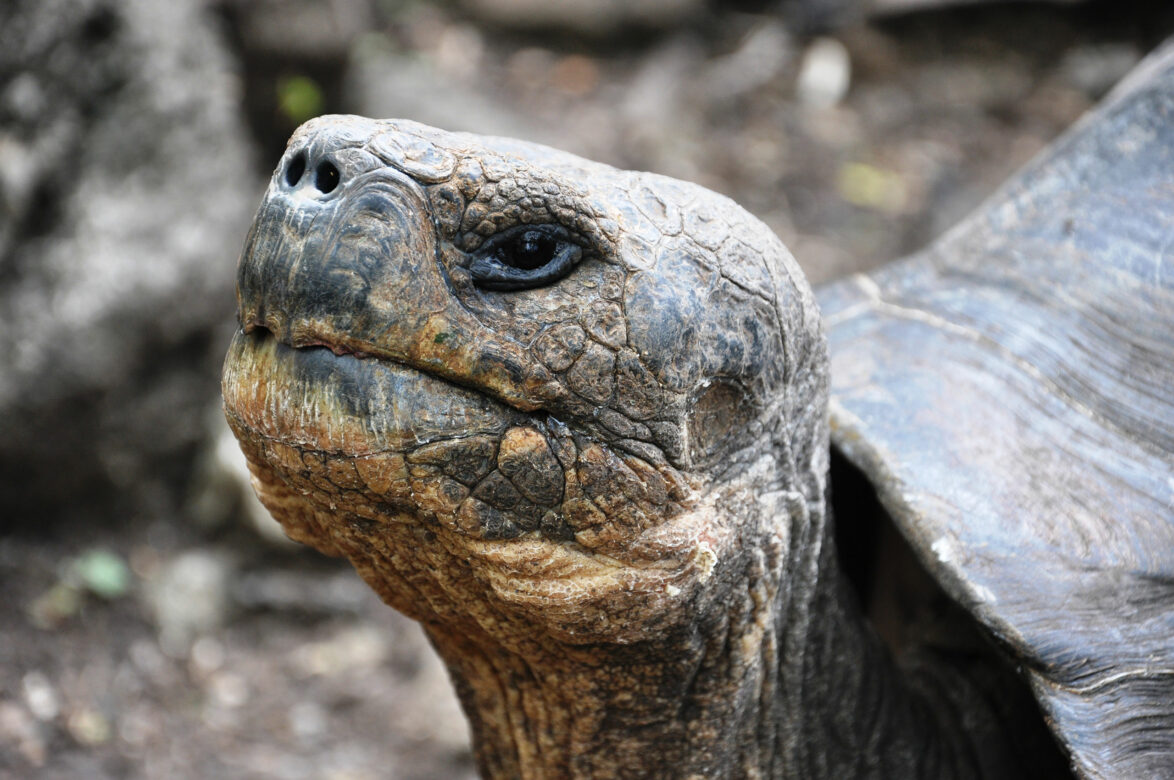

Rewilding Galapagos Appeal
Invasive species, pollution, plastic waste and disease threaten the survival of iconic species like Galapagos giant tortoises and Darwin’s finches. We need your help to rewild the Galapagos Islands so that wildlife thrives alongside people, reducing the human footprint and boosting biodiversity.
In captive breeding circles, the use of hybrid animals is typically frowned upon. In an ideal world, the best practice is to identify purebred animals to take part in a breeding programme, so that the genetic makeup of any offspring is, without question, that of the endangered species. But there can be a downside to this purist approach. Insisting on an immaculate pedigree inevitably reduces the number of founders that can take part in the breeding effort and at some point this is likely to put a ceiling on genetic diversity. The flip side of this argument is that a decision to shun hybrids may end up losing rare alleles that live on only in these animals.
What’s more, ignoring hybrids may simply not be possible, as in the case of the Floreana tortoise. If, as some suspect, there are still some elderly purebred individuals alive on Wolf volcano, they have not been found. In the meantime, the Floreana hybrids are all we have. But carefully planned captive breeding, facilitating mating between particular combinations of males and females and routine assessment of the genetic makeup of the offspring, should be able to strike a balance between the two conflicting goals: maintaining genetic diversity whilst simultaneously attempting to increase the representation of the particular genes that characterise a Floreana tortoise.
Since the formal establishment of the Floreana breeding programme in 2017, the tortoises in captivity on Santa Cruz have been busy. By 2022, there were already 400 hatchlings in waiting, the number proposed to be released onto Floreana in the first year after the eradication of rats and feral cats. With careful monitoring of the Floreana landscape now underway to make sure that the eradication has been successful, and that the toxin used in the baiting no longer poses a risk to non-target species, the Floreana tortoise is on the brink once more. Not, this time, on the brink of extinction, but on the brink of a triumphant return.
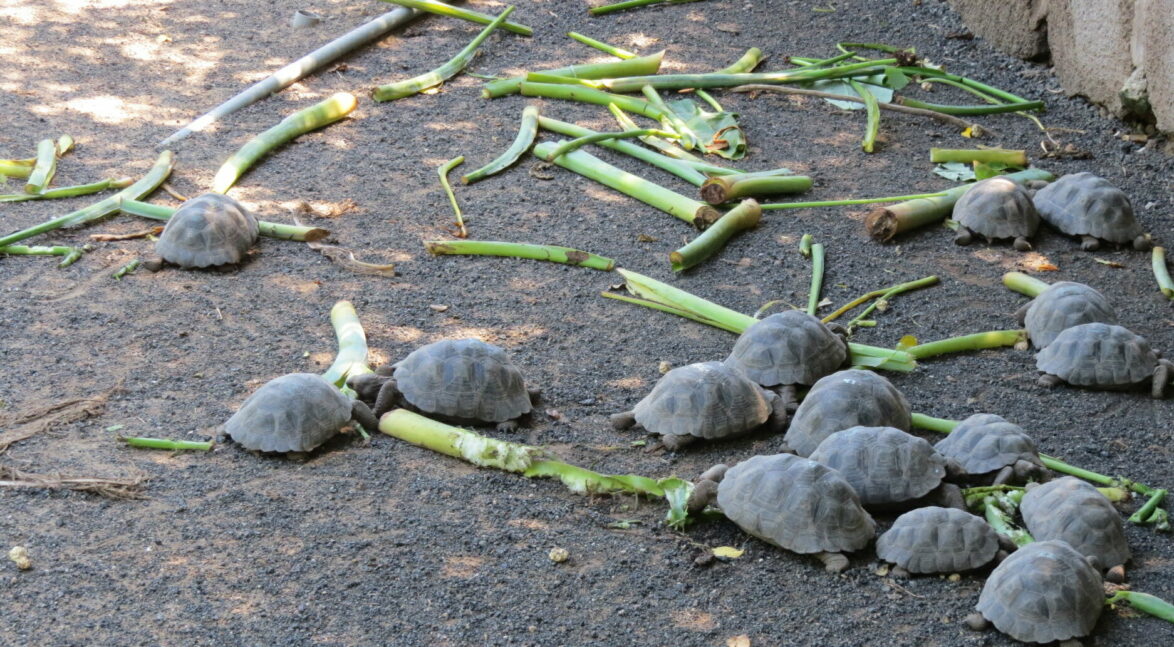
Hybrid working
There are precedents for using hybrid animals to improve conservation outcomes.
Over the course of the 20th century, habitat destruction for agriculture and the introduction of invasive species to Norfolk Island in the Pacific resulted in a dramatic decline in the population of the endemic Norfolk Island boobook owl. In fact, by the 1980s, it seemed that only one individual – a female – survived. So in 1989, conservationists introduced two male boobook owls from neighbouring New Zealand. The female mated with one of them, produced two broods and a population survives today. All of the owls are hybrid animals, but at least some of the original Norfolk boobook genes are still being passed from one generation to the next.
In the 1980s, conservationists suspected that the efforts to breed cheetahs in zoos across the US were faltering because of a lack of genetic diversity and high levels of inbreeding. As part of the solution, they recommended introducing cheetahs from East Africa to add to the existing predominantly Southern African population. The incidence of offspring mortality – one of the main problems to beset cheetah captive breeding programmes – was the lowest in hybrid pairings of East African and Southern African cheetahs, contributing to a 38% increase in the number of captive cheetahs in the US between 1987 and 1991.
If, as some suspect, there are still some elderly purebred individuals alive on Wolf volcano, they have not been found. In the meantime, the Floreana hybrids are all we have.
Restoring Floreana
Once home to some of the most iconic wildlife in Galapagos, Floreana has been devastated by invasive species. We are supporting a hugely ambitious project to restore the island to its former glory.
Related articles

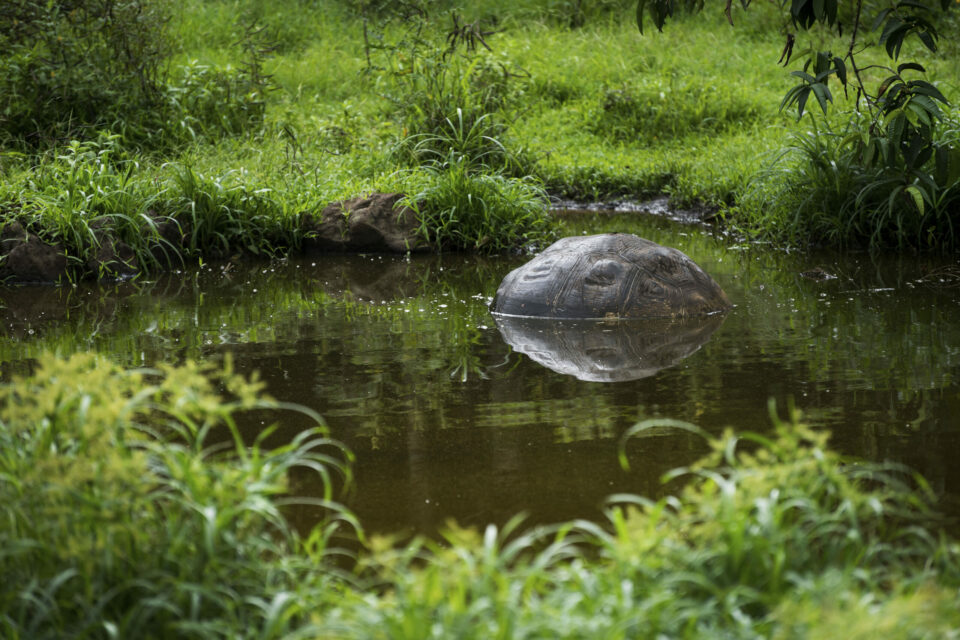
Double your donation to rewild Galapagos with the Big Give
How technology is changing conservation in Galapagos
